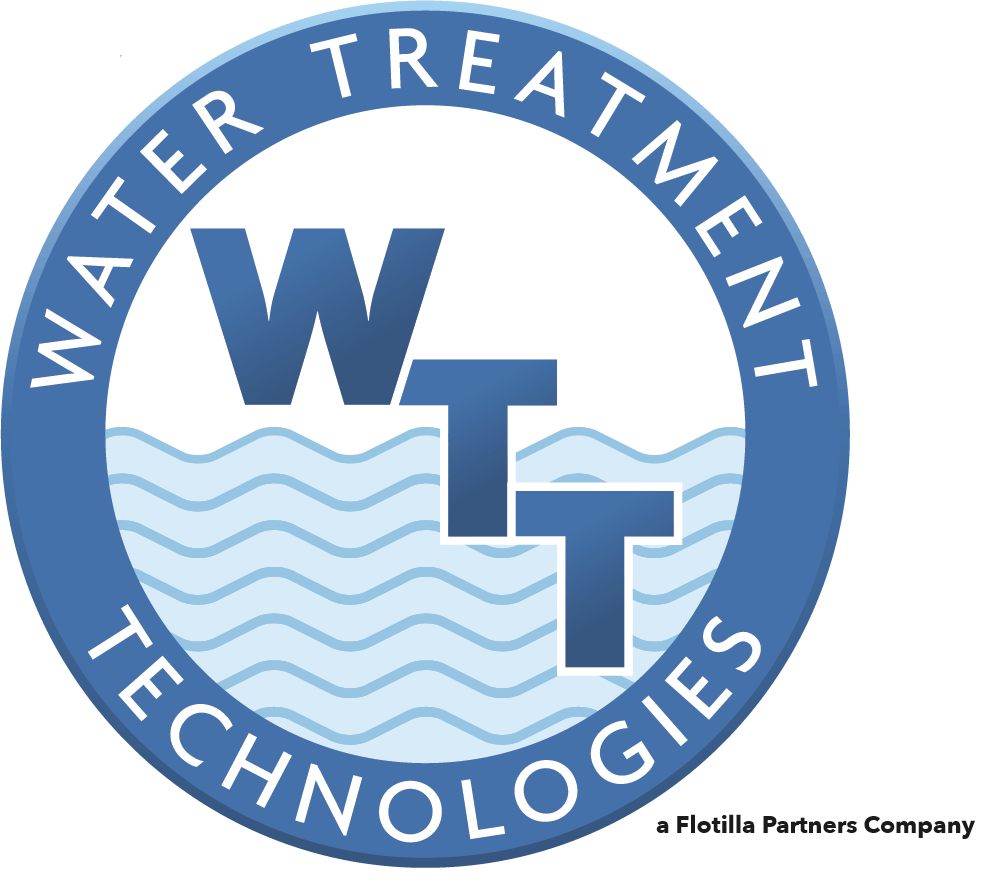Forever chemicals — also known as per- and polyfluoroalkyl substances (PFAS) — are synthetic compounds that do not break down easily in the environment and are dangerous to your health.
These chemicals are used in countless consumer and industrial products, making them one of the most persistent contaminants found in water sources.
But how do forever chemicals get in water, and what can you do to avoid them?
1. Industrial Waste & Manufacturing Discharges
Many factories that produce nonstick cookware, water-resistant clothing, and firefighting foam release PFAS into the environment. These chemicals can seep into nearby rivers, lakes, and groundwater, contaminating public water supplies.
How to Avoid It:
If your home relies on municipal water, check your area’s water quality reports for PFAS levels. Installing a reverse osmosis system is one of the most effective ways to remove PFAS from your drinking water.
2. Landfills & Waste Sites
Household and industrial waste containing PFAS often ends up in landfills. Over time, rainwater can carry these chemicals into surrounding soil and groundwater, making its way into private wells and municipal water supplies.
How to Avoid It:
Reduce your use of PFAS-containing products, such as nonstick pans and stain-resistant fabrics, to help minimize waste.
A free water test can help determine if these contaminants are present in your home’s water.
3. Firefighting Foam Runoff
Firefighting foams used for suppressing fuel fires are a major source of PFAS contamination. These chemicals can seep into soil and water sources after use, especially in areas near military bases, airports, and industrial sites.
How to Avoid It:
If you live near a high-risk area, consider using an advanced water filtration system. Reverse osmosis and activated carbon filtration are among the best methods for removing forever chemicals in drinking water.
4. Agricultural Runoff
PFAS have been detected in fertilizers and pesticides, which means they can end up in crops, soil, and eventually, drinking water. When it rains, these chemicals can wash into rivers and groundwater, further contaminating municipal and well water.
How to Avoid It:
If you rely on well water, regularly test your supply for contaminants. A specialized city water treatment solution can also help reduce exposure for those using public water systems.
5. Household Products & Plumbing
Many everyday items — including water-resistant clothing, food packaging, and personal care products— contain PFAS. Over time, these chemicals can wash down household drains and enter the water system.
How to Avoid It:
Opt for PFAS-free products when possible. The NRDC suggests avoiding nonstick cookware and stain-resistant fabrics to minimize exposure.
6. Contaminated Bottled Water
Some bottled water sources have been found to contain PFAS due to inadequate filtration processes or contamination at the source. This means that drinking bottled water does not always guarantee safety from forever chemicals.
Additionally, bottled water is often stored in plastic containers, which can introduce microplastics — tiny plastic particles that can carry harmful chemicals, including PFAS. Research has shown that microplastics are widespread in both bottled and tap water, raising further concerns about water quality.
How to Avoid It:
Instead of relying on bottled water, invest in a high-quality home filtration system. Reverse osmosis and activated carbon filters are highly effective at avoiding forever chemicals in drinking water, while also reducing microplastic contamination.
7. Aging Water Infrastructure
Older water pipes and treatment plants may not have the technology needed to fully remove PFAS. As a result, forever chemicals can remain in public water supplies even after treatment.
How to Avoid It:
If your home receives water from an aging system, consider additional at-home filtration methods. A whole-house water treatment system ensures safer, cleaner water from every tap.
Take Control of Your Water Quality
Forever chemicals in water are a growing concern, but there are ways to protect your home from contamination. Whether your water comes from a well or a city source, testing, and filtration are key steps toward ensuring safe, clean drinking water.
If you’re concerned about PFAS in your home’s water, schedule a free water test today.
For long-term protection through water purification, explore our reverse osmosis solutions and city water treatment options.
Clean, safe water starts with the right solution.

